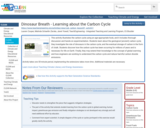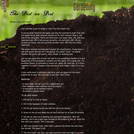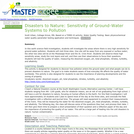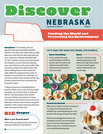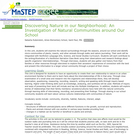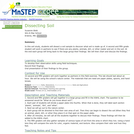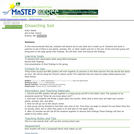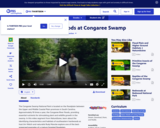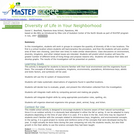
This resource is a video abstract of a research paper created by Research Square on behalf of its authors. It provides a synopsis that's easy to understand, and can be used to introduce the topics it covers to students, researchers, and the general public. The video's transcript is also provided in full, with a portion provided below for preview:
"It might not be your first choice for a meal, but many mammals appear to find earth an appetizing addition to their diet Known as geophagy, scientists still aren’t sure what causes the surprisingly common urge to eat soil or clay To understand soil eating and its causes, researchers reviewed every documented case of soil eating in monkeys and apes They identified cases of soil eating in 136 species – over half of all monkeys and apes found around the globe – suggesting the behavior is more common than previously thought Evidence from the 287 articles reviewed also suggests that geophagy is a form of self-medication Geophagy may provide protection against disease-causing pathogens and supplement essential nutrients Although more research is needed, the work lays a foundation for future investigations into the causes and health impacts of geophagy The findings could also reveal new ways to promote the health of both wild and captive primate populations Pebsworth PA, et al..."
The rest of the transcript, along with a link to the research itself, is available on the resource itself.
- Subject:
- Anthropology
- Social Science
- Material Type:
- Diagram/Illustration
- Reading
- Provider:
- Research Square
- Provider Set:
- Video Bytes
- Date Added:
- 09/20/2019
